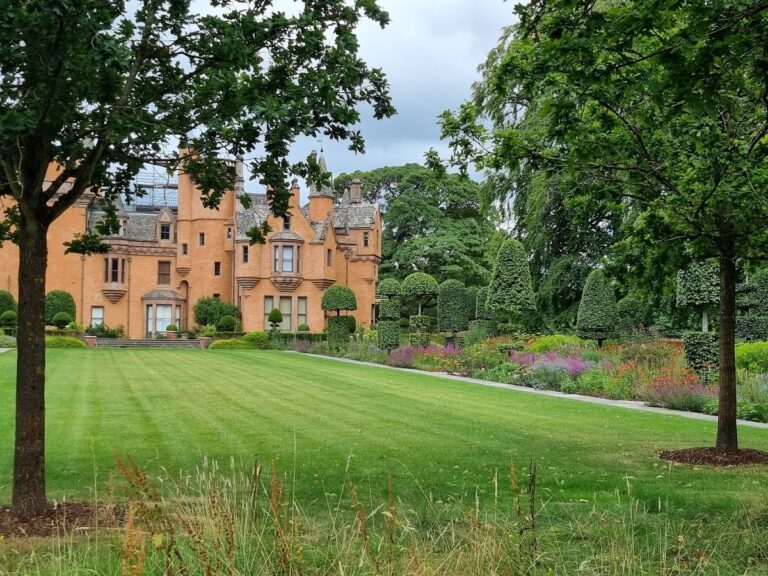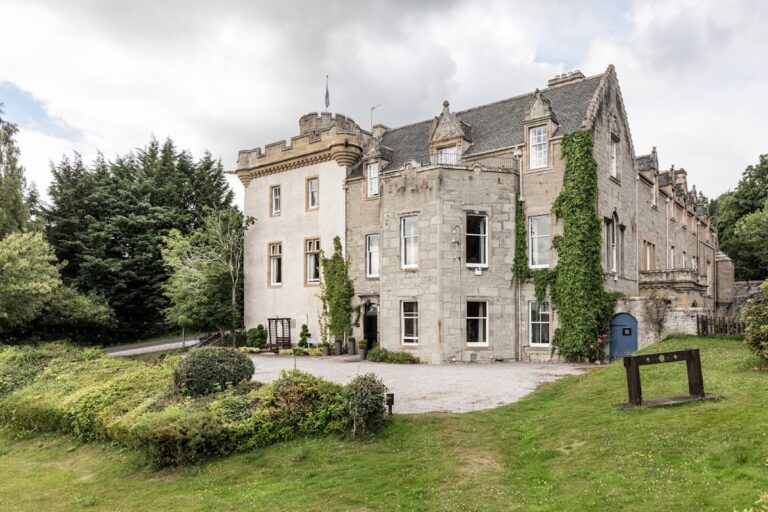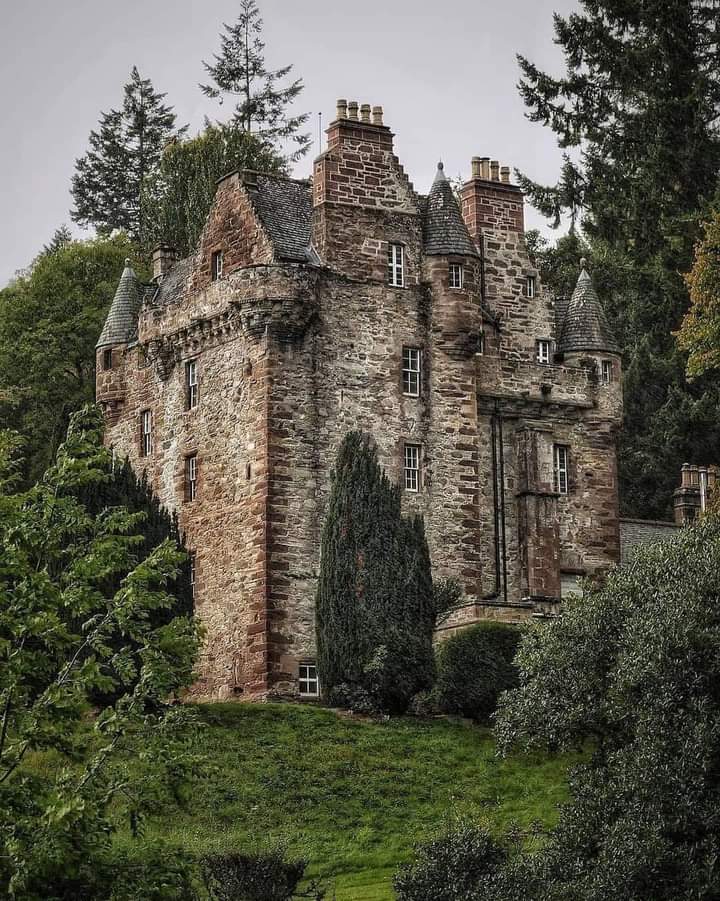Cawdor Castle: A Historic Scottish Castle in Nairnshire
Visitor Information
Google Rating: 4.6
Popularity: Medium
Google Maps: View on Google Maps
Official Website: www.cawdorcastle.com
Country: United Kingdom
Civilization: Medieval European
Remains: Military
History
Cawdor Castle stands in the parish of Cawdor, Nairnshire, Scotland. Its origins trace back to the late 14th century, with the earliest masonry dated around 1380. The site was initially fortified under William Calder, the 6th Thane of Cawdor, who received official permission to strengthen the structure in 1454. The castle was originally held by the Calder family, who established their seat here during the medieval period.
In 1510, ownership passed to the Campbell family through the marriage of Muriel Calder to Sir John Campbell of Muckairn. This union marked the beginning of the Campbell family’s long association with the castle. During the late 16th and early 17th centuries, John Campbell, the 3rd of Cawdor, undertook significant expansions. After the Restoration of the monarchy in 1660, Sir Hugh Campbell further improved the castle, employing masons James and Robert Nicolson to enhance the structure.
By 1635, a garden was established on the grounds, reflecting the growing importance of landscaped spaces. In 1720, a walled flower garden was created, and extensive woodlands were planted in the late 18th century. John Campbell, a Member of Parliament, was elevated to Lord Cawdor in 1796, and his son was made Earl Cawdor in 1827, marking the family’s rising social status.
During the 19th century, the castle served primarily as a summer residence for the Earls of Cawdor. Architects Thomas Mackenzie and Alexander Ross added southern and eastern wings, enclosing a courtyard accessible by a drawbridge. In the 20th century, John Campbell, the 5th Earl Cawdor, made the castle his permanent home, continuing the family’s residence.
Although popularly linked to Shakespeare’s Macbeth, this association is historically inaccurate. The castle was built centuries after the real Macbeth lived and is not mentioned in the play. Today, Cawdor Castle remains in the Campbell family, currently occupied by Angelika Campbell, Dowager Countess Cawdor. The castle is recognized as a category A listed building, and its grounds are included in Scotland’s Inventory of Gardens and Designed Landscapes for their national importance.
Remains
Cawdor Castle’s core is a tower house dating from the 15th century, possibly incorporating stonework from around 1380. The castle was built around a living holly tree, the remains of which are still visible on the lowest level of the tower. This unique feature reflects the castle’s early construction phase.
An iron yett, or gate, currently at the castle was moved from nearby Lochindorb Castle after it was dismantled around 1455 by order of King James II. This gate is a notable defensive element reused at Cawdor.
The castle’s layout expanded over time. Sir Hugh Campbell added or improved the north and west ranges in the 17th century. In the 19th century, southern and eastern ranges were constructed, enclosing a courtyard accessed by a drawbridge. These additions reflect the castle’s evolution from a fortified tower to a more comfortable residence.
The grounds include several historic gardens. A walled garden was first planted in the 17th century, followed by a flower garden established in the 18th century. In the 1960s, a Wild Garden was added. The estate also features extensive woodlands with a variety of tree species and over 100 species of lichen, highlighting its ecological diversity.
Today, the castle is well preserved, maintaining its category A listed status. Its architectural features and gardens remain largely intact, offering a clear view of its historical development and continued use.










